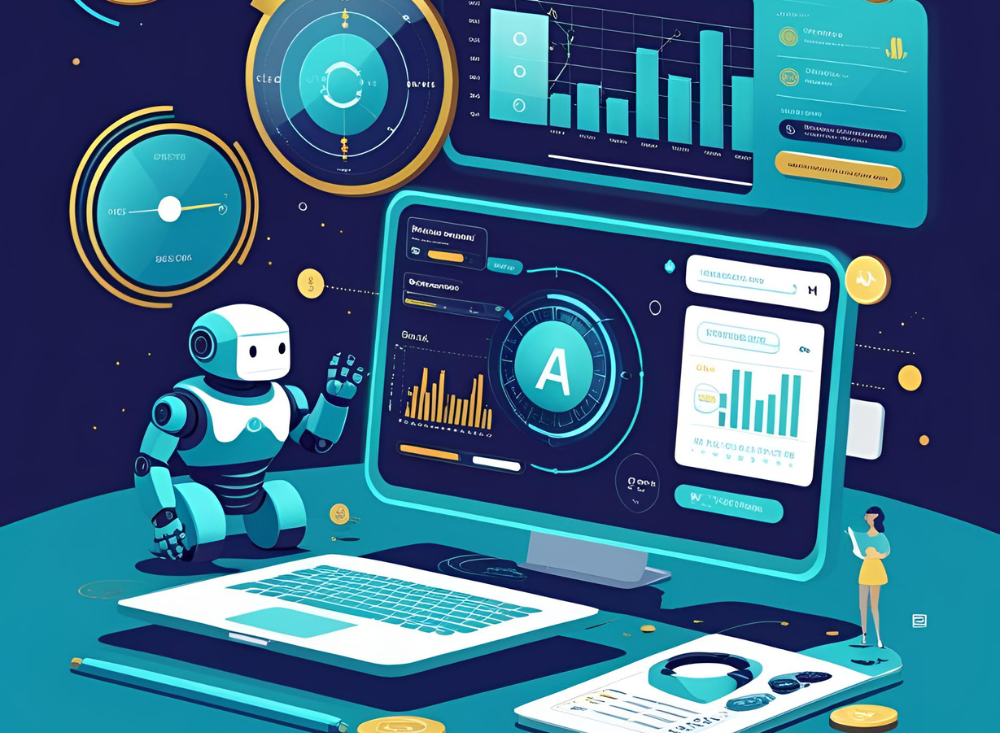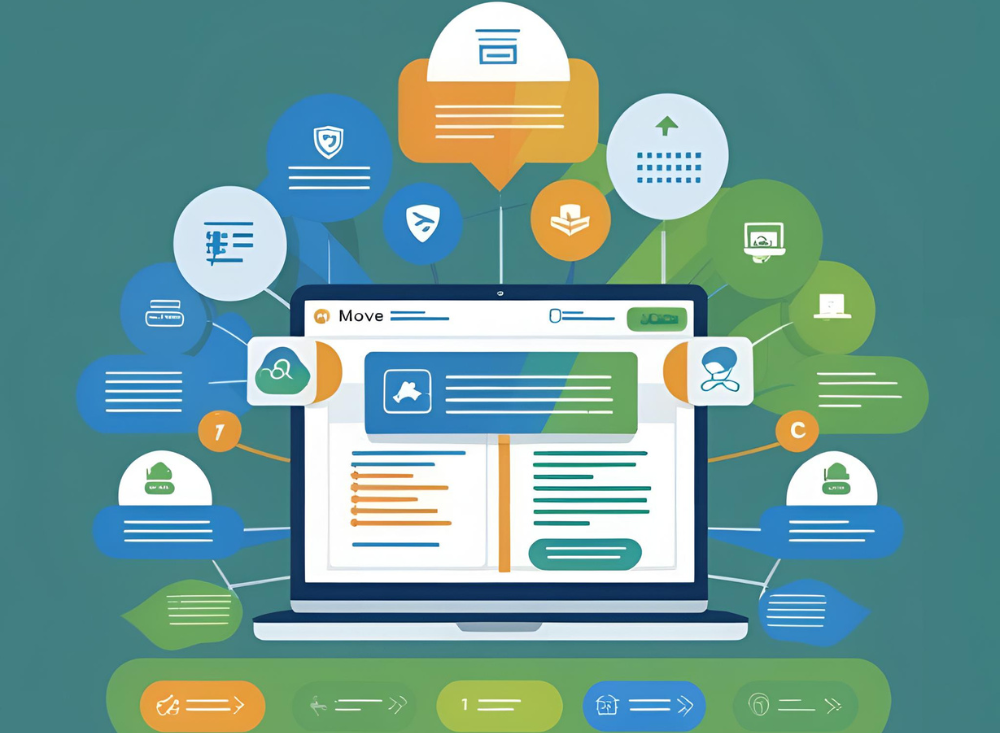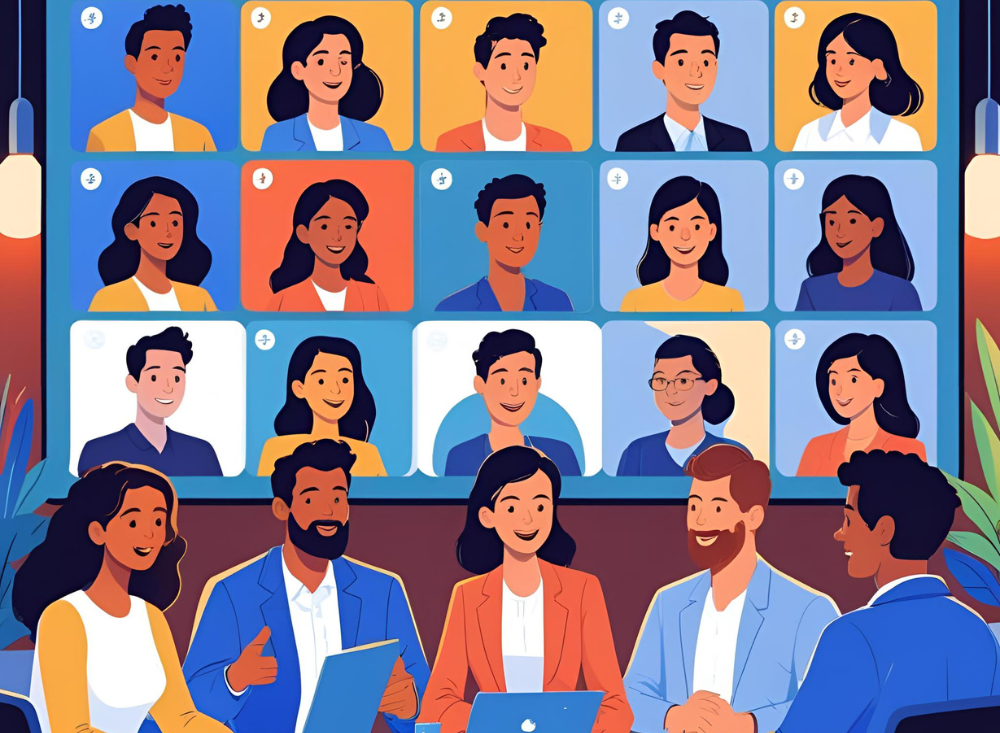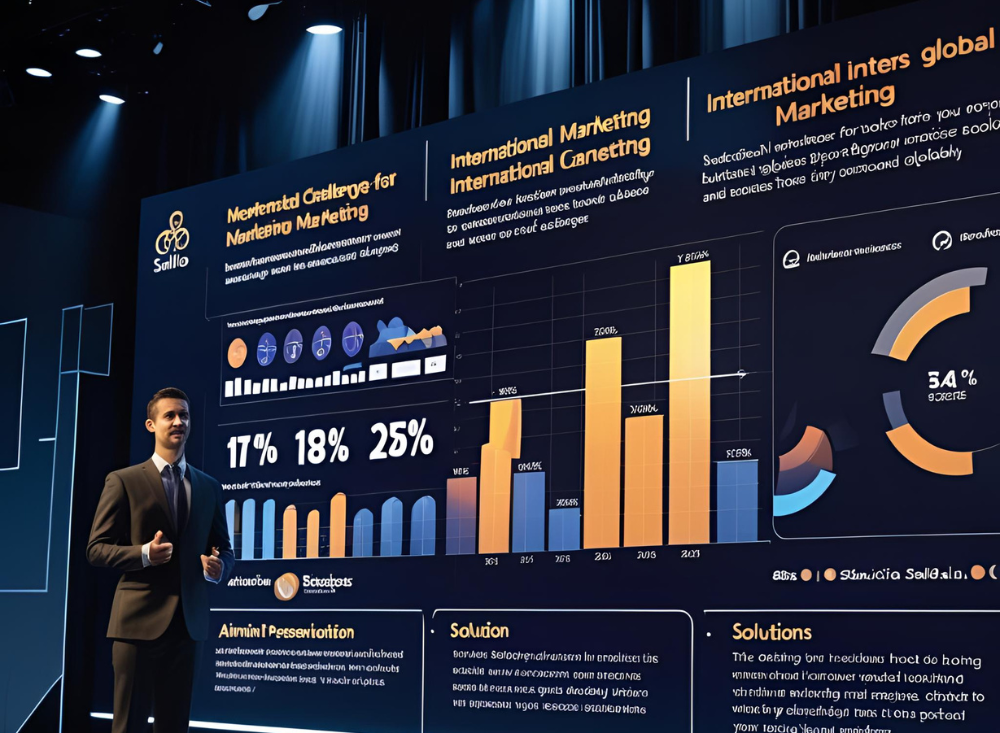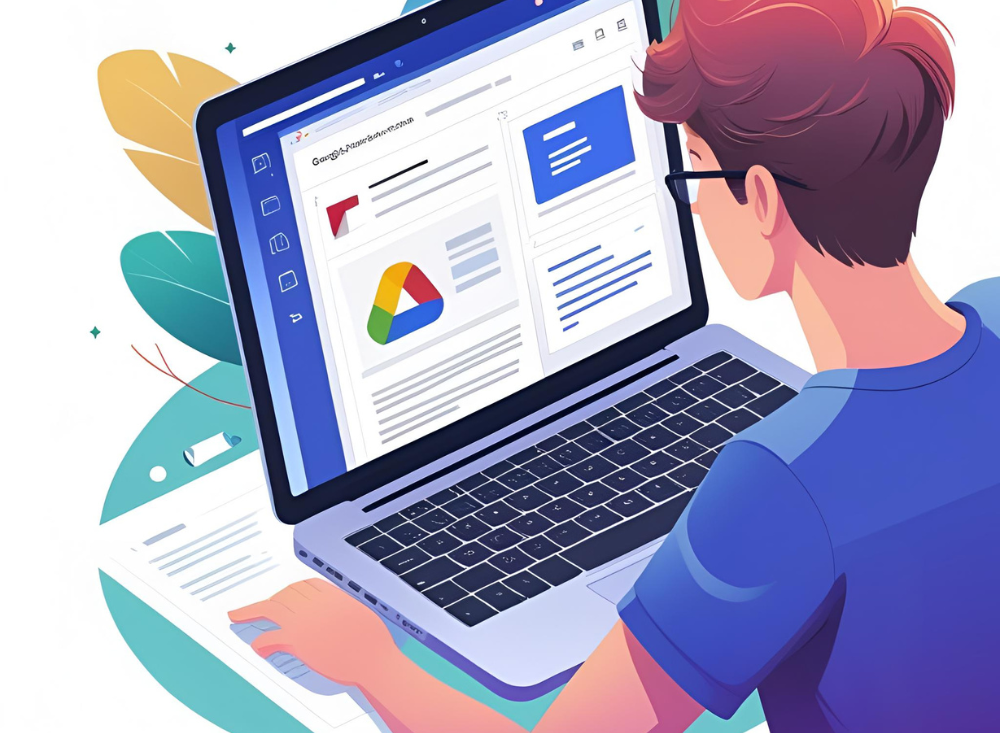
In the fast-evolving world of digital marketing, creating SEO-optimized content is crucial for driving organic traffic and engaging audiences. However, the process of researching, writing, and optimizing content can be time-consuming and complex. Enter Salio.ai, an innovative AI-powered tool that streamlines content creation and optimization directly within Google Docs, empowering content creators to produce high-ranking, reader-focused blog posts with ease. This blog explores how Salio.ai transforms the SEO content creation process and why it’s a game-changer for bloggers, marketers, and businesses.
The Challenge of SEO Content Creation
Crafting content that ranks well on search engines like Google requires balancing creativity with technical precision. Writers must incorporate relevant keywords, align with search intent, and ensure readability while maintaining a natural tone. Traditionally, this process involves juggling multiple tools for keyword research, competitor analysis, and content optimization, often leading to inefficiencies and fragmented workflows. Additionally, ensuring content adheres to Google’s E-E-A-T (Expertise, Experience, Authoritativeness, Trustworthiness) guidelines adds another layer of complexity.
Salio.ai addresses these challenges by integrating seamlessly with Google Docs, allowing users to research, write, and optimize content in a single platform, saving time and enhancing productivity.
What is Salio.ai?
Salio.ai is an AI-driven SEO content optimization tool designed to simplify the content creation process. By leveraging advanced natural language processing (NLP) and real-time SERP (Search Engine Results Page) analysis, Salio.ai provides actionable insights and recommendations directly within Google Docs. Whether you’re a blogger, marketer, or e-commerce business owner, Salio.ai helps you create SEO-friendly content that aligns with search intent, improves readability, and boosts rankings.
Key features of Salio.ai include:
- Real-time SEO Suggestions: Analyzes content as you write, offering keyword suggestions and optimization tips.
- Competitor Analysis: Compares your content with top-ranking pages to identify gaps and opportunities.
- Keyword Integration: Recommends relevant keywords and ensures they’re used naturally to avoid keyword stuffing.
- Readability Enhancements: Provides guidance to improve content structure, scannability, and user engagement.
- E-E-A-T Compliance: Helps align content with Google’s quality standards by suggesting authoritative references and structured formats.
How Salio.ai Optimizes Content in Google Docs
Salio.ai’s integration with Google Docs makes it a powerful tool for streamlining the SEO content creation process. Here’s how it works:
1. Seamless Integration with Google Docs
Salio.ai operates as a Google Docs add-on, allowing you to access its features without leaving your document. Once installed, it appears as a sidebar, providing real-time feedback as you write. This eliminates the need to switch between multiple tools, keeping your workflow efficient and focused.
2. Keyword Research and Suggestions
Salio.ai uses AI to analyze your topic and suggest high-value keywords based on search intent and SERP data. For example, if you’re writing a blog about “sustainable fashion,” Salio.ai might recommend related terms like “eco-friendly clothing” or “sustainable fashion trends” to enhance topical relevance. It also ensures keywords are integrated naturally, aligning with Google’s preference for user-focused content.
3. Real-time Content Optimization
As you write, Salio.ai evaluates your content for SEO performance, readability, and engagement. It provides a content score, similar to tools like Frase or Clearscope, highlighting areas for improvement, such as missing keywords, overly complex sentences, or insufficient depth. This real-time feedback helps you refine your content on the fly, ensuring it meets SEO best practices.
4. Competitor Insights
Salio.ai analyzes top-ranking pages for your target keyword and provides insights into their word count, heading structure, and keyword usage. This allows you to craft content that outperforms competitors by addressing gaps and incorporating unique angles. For instance, if competitors lack detailed FAQs, Salio.ai might suggest adding a FAQ section to capture AI Overview citations.
5. Structured Data and Formatting
To maximize visibility in Google’s AI Overviews and featured snippets, Salio.ai recommends structured formats like bullet points, headings, and FAQ schema. It also suggests internal and external linking strategies to enhance authority and user experience, aligning with modern SEO trends.
6. Streamlined Collaboration
For teams, Salio.ai supports collaboration by allowing multiple writers to work on a document while receiving consistent SEO feedback. Its integration with Google Docs ensures that editors and marketers can review and optimize content in real-time, fostering seamless teamwork.
Benefits of Using Salio.ai for SEO Content Creation
1. Time Efficiency
By consolidating keyword research, content writing, and optimization into one platform, Salio.ai reduces the time spent on repetitive tasks. Writers can focus on crafting compelling narratives while the AI handles technical SEO details.
2. Improved Search Rankings
Salio.ai’s data-driven recommendations help create content that aligns with Google’s algorithms, increasing the likelihood of ranking higher and appearing in AI Overviews. Its focus on E-E-A-T ensures content is authoritative and trustworthy.
3. Enhanced Readability and Engagement
Salio.ai’s readability suggestions, such as breaking up long paragraphs or using clear headings, improve user experience and reduce bounce rates. This aligns with Google’s emphasis on engagement metrics like time on page.
4. Scalability for Businesses
For e-commerce brands or agencies managing large content volumes, Salio.ai streamlines bulk content creation. Its AI-powered insights ensure consistency across blog posts, product descriptions, and landing pages, driving organic traffic at scale.
5. Cost-Effective Solution
Unlike traditional SEO workflows that require multiple tools (e.g., Ahrefs for keyword research, Grammarly for editing, and SurferSEO for optimization), Salio.ai combines these functionalities into one affordable platform, making it ideal for small businesses and freelancers.
Why Salio.ai Stands Out
While tools like Frase, Writesonic, and MarketMuse offer similar SEO capabilities, Salio.ai’s direct integration with Google Docs sets it apart. Its user-friendly interface, real-time feedback, and focus on modern SEO trends (like AI Overview optimization) make it a versatile choice for content creators. Additionally, Salio.ai’s emphasis on natural language and user intent ensures that content resonates with readers while meeting search engine requirements.
Getting Started with Salio.ai
To begin optimizing your content with Salio.ai:
- Install the Add-on: Add Salio.ai from the Google Workspace Marketplace to your Google Docs.
- Set Up Your Project: Input your target keyword or topic to receive tailored suggestions.
- Write and Optimize: Use the sidebar to access real-time SEO feedback, keyword recommendations, and competitor insights.
- Review and Publish: Finalize your content with Salio.ai’s readability and E-E-A-T suggestions, then publish directly to your website or schedule via a CMS like WordPress.
Conclusion
Salio.ai is revolutionizing SEO content creation by bringing powerful AI-driven optimization tools directly into Google Docs. Its seamless integration, real-time feedback, and focus on user intent make it an essential tool for bloggers, marketers, and businesses aiming to boost their search rankings and engage audiences. By simplifying the content creation process and aligning with Google’s evolving algorithms, Salio.ai empowers creators to produce high-quality, SEO-optimized content with ease. Start using Salio.ai today to streamline your workflow and take your content strategy to the next level.
